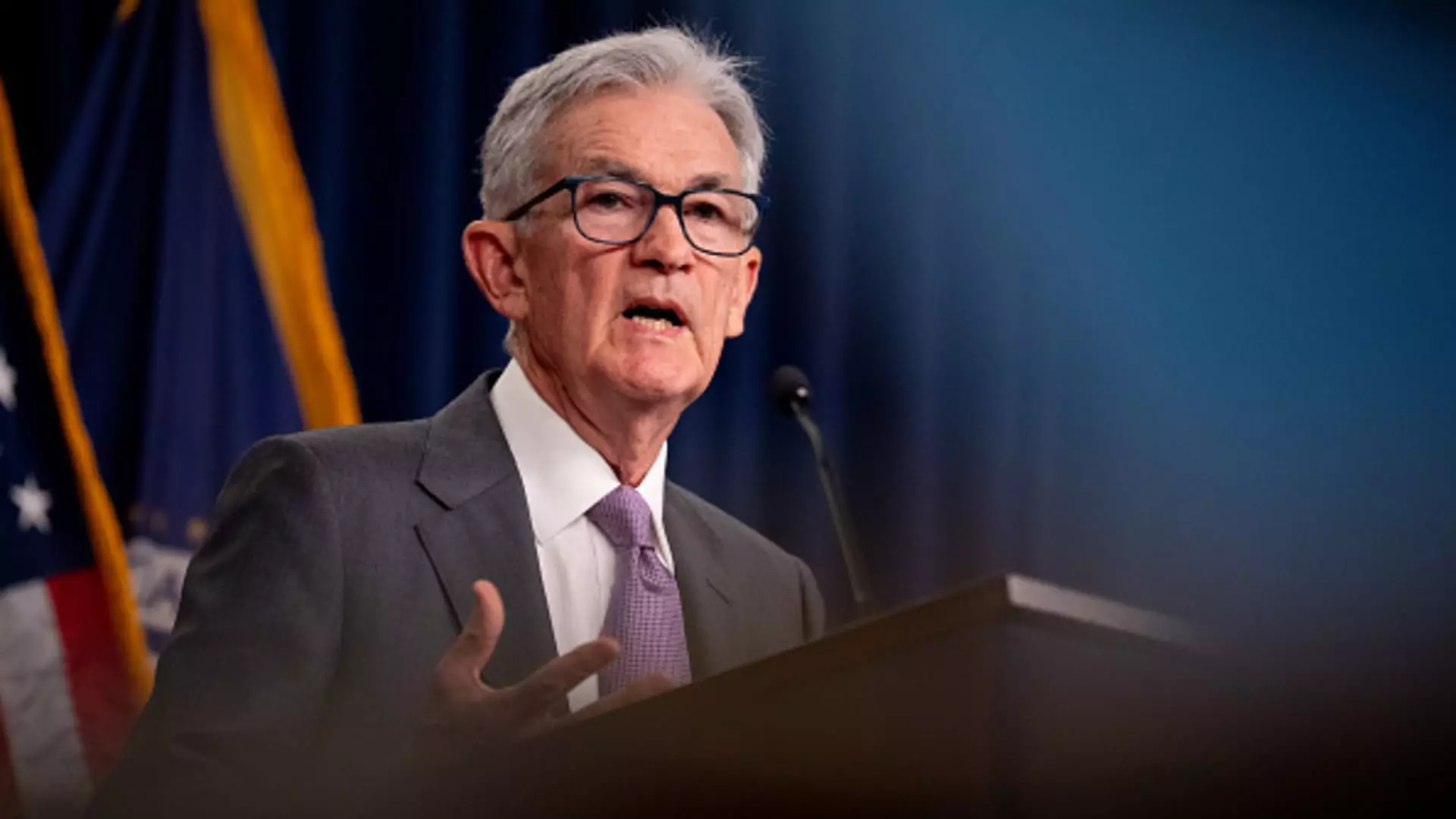Federal Reserve chair Jerome Powell’s recent announcement hinting at a potential cut in interest rates has left investors speculating about the implications for their investment strategies. The possibility of the first rate cut in over four years has raised questions about how to navigate this policy shift and adjust portfolios accordingly.
Financial advisors are advising investors to remain cautious and avoid making drastic changes to their investment portfolios in response to the potential interest rate cut. While lower interest rates can be positive for stocks and may encourage business expansion due to reduced borrowing costs, the uncertainty surrounding the number and size of future rate cuts necessitates a measured approach.
Advisors suggest that investors focus on adjusting their cash and fixed income holdings, as well as the composition of their stock portfolios. It is recommended to lock in high guaranteed rates on cash investments while they are still available and explore higher-paying fixed income options for excess cash that is not needed for short-term spending.
As interest rates decline, investors are advised to consider the duration of their bond investments to mitigate interest rate risk. Short-duration bonds offer lower returns but carry less risk, while longer-duration bonds may provide higher yields but come with increased sensitivity to interest rate changes. It is crucial for investors to understand the impact of interest rate fluctuations on their bond portfolios.
While advisors generally recommend maintaining stock-bond allocations, they suggest reallocating future contributions to different types of stocks based on interest rate trends. Stocks of utility and home-improvement companies, real estate investment trusts, preferred stock, and small-cap stocks are often seen as favorable investments in a low-interest rate environment.
Investors should exercise caution and avoid making abrupt changes to their investment portfolios in response to potential interest rate adjustments. By understanding the implications of lower interest rates and following the guidance of financial advisors, investors can navigate this period of uncertainty with greater confidence and strategic foresight.

